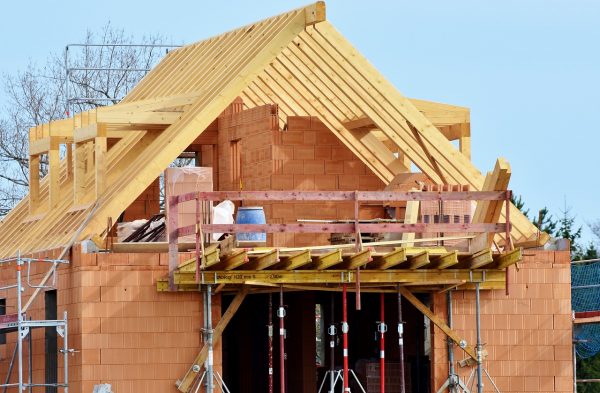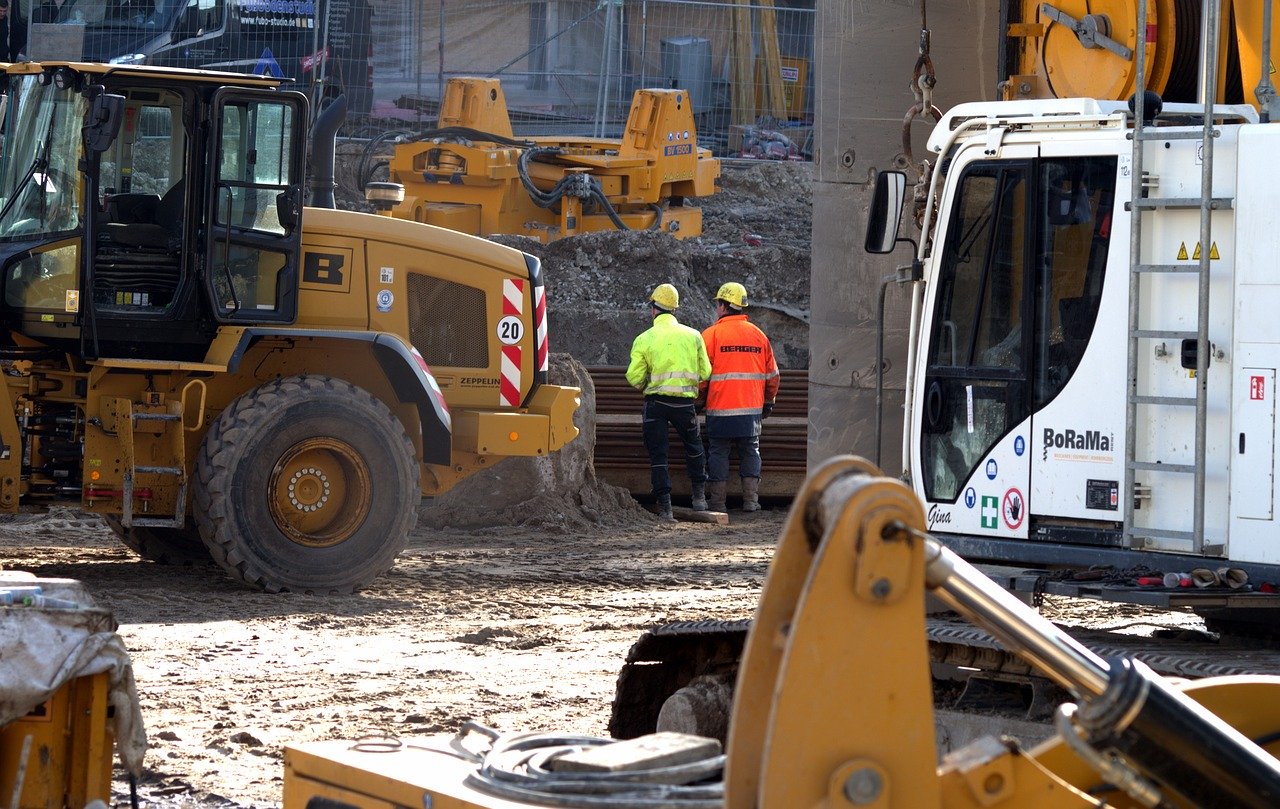Managing a range of construction projects at one time is incredibly challenging, don’t delude yourself into thinking otherwise. Keeping multiple balls in the air without proper strategies and tools is impossible, it’s likely to lead to projects falling behind the timeline which can directly impact your bottom line and cause further issues to pile up.
Work with talented project managers to plan
When you’re managing multiple builds at one time and considering adding more, it’s vital that you plan effectively. Merely creating a plan isn’t enough, you need to work with an experienced project manager who can make accurate timelines that are based on the other builds already under construction.
After all, it’s practically useless to create a timeline in a vacuum that ignores all of the other projects on your plate. Everything overlaps and if there is an issue at one site that’s going to set the rest back as well, which is why having a talented project manager who thoroughly understands that planning is the key to success.
Use tools to monitor costs and finances
Although the margins in house building are fantastic, mistakes can be incredibly costly and can wipe out large chunks of your ROI. Keeping a keen eye on your costs across multiple projects, as well as upcoming expenses and keeping track of that against the funds in your bank account can help to prevent downtime and wasted money.
Read more: How I built that – The hell and heaven of house builders
A common mistake is for multiple expenses to be charged at once, leaving your business bank account dry, causing downtime on your sites or bounced checks while you wait for further income to roll in. To prevent this and to get a birds-eye view of your budget, it’s important to integrate tools into your workflow.
Figure out the details up front
Planning the finest details obsessively is vital because a project must become the team’s life for the duration of the build. To plan effectively, you need help in the form of software; our recommendation would be GenieBelt which uses an innovative system to allow you to keep track of deliveries while comparing to an up-to-date schedule and plan.
Without a tool like GenieBelt, it would be practically impossible to manage to build multiple houses at one time. During the construction phase of a build, every minute is planned out and things arriving an hour or two late can end up costing you weeks down the line because other activities will be delayed or become impossible.
Keep track of deliveries
To keep track of all of your deliveries you need to save every receipt and delivery date that is given to you by suppliers. You can do this on paper or using a folder, but GenieBelt comes to the rescue again. By using home building software, you can get reminders on your phone or deliveries so that you never fall behind or forget.
With multiple projects, potentially in different areas, you need a tool that you can use from wherever you are. GenieBelt gives you that flexibility, ensuring that no matter which site you are at, you can keep track of the paperwork and inform your team about specific deliveries.
Hire contractors slowly
The contractors that you choose will have the most significant impact on the overall progress of the project. Don’t be afraid to hire incredibly slowly, taking time to interview each candidate thoroughly so that you are confident that the job will be completed to your expectations.
Write in clear terms what you expect from the contractors so that everything can operate smoothly and without a hiccup. Contracts are critical, but a vague one is almost useless. It’s vital that you be as detailed as possible so that you and your legal team can more easily rectify situations and receive compensation.
Be hawkish about costs
It’s very easy to let budgets spiral out of control, especially when you’re considering upgrading features that you believe will allow you to increase the home value. However, we would advise you to be hawkish about costs, even with the finest details.
The most common way for costs to get out of control is for the project manager to let their guard down on the small details. Five dollars here and there adds up to thousands each week, which can mean tens of thousands per project that you’re not putting into your pocket.
Think about space before creating floor plans
Creating floor plans is one of the most vital steps but builders often think logically without fully visualizing what space would be like. It’s great to recognize that a kitchen should be in one place for the most natural use, but if you don’t visualize and physically walk out what space would be like you can end up making a costly mistake.

Hiring a creative designer might seem like an unnecessary cost, but it’s particularly important if you’re building multiple houses with the same template. Even a slightly improved layout can translate to thousands of dollars extra in value, making it a worthwhile investment.
Consider the local population
Many builders make the mistake of building either the nicest or the cheapest houses that they can, often with little regard for the local population. Going to either extreme is rarely the best strategy. Instead, it’s important to look at local census data regarding the average income in the area as well as typical house prices.
Going too far above or below this average is either going to prevent you from making a sale or reducing the amount of profit that you make. After all, the homes that were sold give you a fantastic indication as to what locals are willing to pay and what they expect for that cost.
Communicate concisely and clearly
The problems that occur between contractors and home builders often exist because of poor communication. The use of a real-time project management software can truly make a difference as it can allow real-time communication and it can increase transparency during the whole building process. Furthermore, keeping track of everything that has been discussed can save you from a lot of trouble in case that a project dispute emerges.
Email can also be a helpful communication tool in the course of a house building project, as it provides written proof should anything go wrong.
Create color mood boards
Finally, when you are deciding on the colors for your home and each room, you might consider creating a mood board. While many builders take a minimalist approach with the ideology that it gives the eventual homeowner greater freedom, this completely overlooks basic marketing strategy.
Blank canvases are utilitarian, but they aren’t inspiring, and they don’t convince people to spend hundreds of thousands of dollars on the house. Although there are designs and styles that can detract from a home’s value, sticking to white and cream isn’t necessarily the best way to ensure maximum profit.
About the author: Tim Brown from Treasured Spaces.




